We featured of Breai Mason-Campbell of Guardian Baltimore a dance cooperative that preserves and passes on African American folk traditions — on this week’s Humanities Connection. She discussed how we can trace cultural history through dance and what dance can tell us about belonging to a culture or nation. Because dance is such a visual medium, we decided to share an adapted version of the transcript with photos, all courtesy of Guardian Baltimore, and some other media. Listen to the audio segment here.
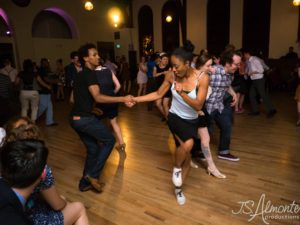
The company looks at each epoch of American History and collects and studies everything from the Ring Shout to Lindy Hop. We unearth bodies of movement intimately connected with the way that people lived, and thought of themselves, and others.
We focus on the kinetic expression of African Americans. This invites practitioners and observers to consider the perspectives and experiences of black American communities: these communities have woven an indelible thread into the quilt of what it means to be a member of this nation.
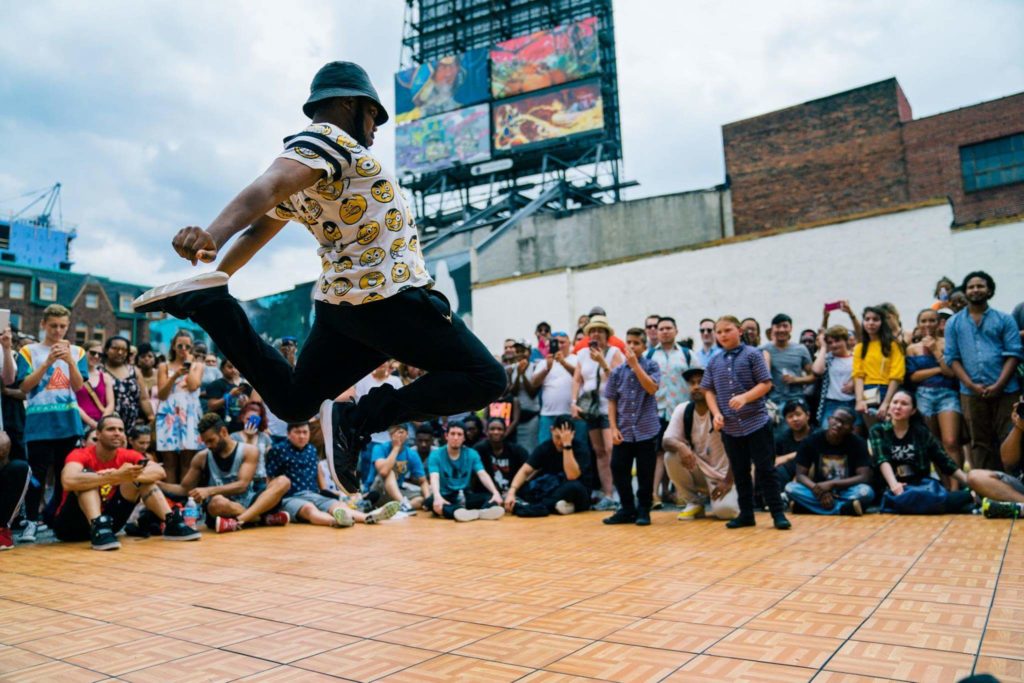
The role of the dance television show Soul Train in the Civil Rights movement, for instance, illustrates the ways in which ideology is embodied. Hair, once straightened in conformation with Eurocentric norms, exploded into lofty afros, augmented by dashikis, African medallions and raised fists. Everything particular about blackness which had been subject to such shame and derision in the previous decade was suddenly accentuated and broadcast with pride on air to the tune of James Brown’s “Soul Power” and “Say it Loud, I’m Black and I’m Proud.”
Hips and backsides which were the subject of jokes and humiliation swung boldly back and forth in time with Funk music. This inspired “Locking,” a stylized revision of the funky chicken, originated by Don “Campbelllock” Campbell.
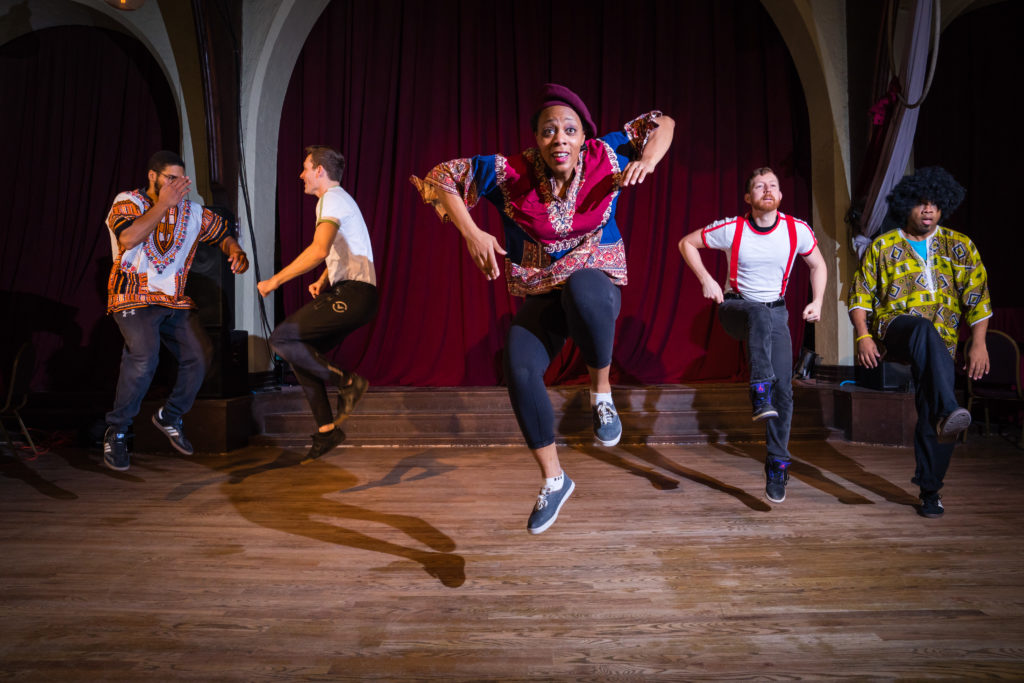
Today, locking is practiced competitively worldwide, now imbued with the aesthetics and expressions of international communities. At its heart, however, Locking tells the tale of black Americans’ coming out of the silence of who they were expected to be, into the bold and proud reality of self-love and creative expression. Similarly, the Lindy Hop tells the story of Harlem as the Promised Land in the North, outside of the clutches of the sharecropping South. The dance’s aerials defy gravity and the doldrums of Jim Crow.
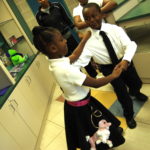
East Coast Swing took the first, baby steps toward desegregation with Chuck Berry’s music integrating the radio. Dancers, emboldened by the energy and vitality of Rock-n-Roll, dared to cross the “color line” to jump, jive and wail.
Breaking tells the story of the indomitable spirit of youth, as hip-hop grew like a flower through cracks in the concrete of the New York, Bronx. Baltimore’s own Club Dance is a continuation of this story of youth overcoming the odds. All of these styles boldly proclaim what it means to be American.
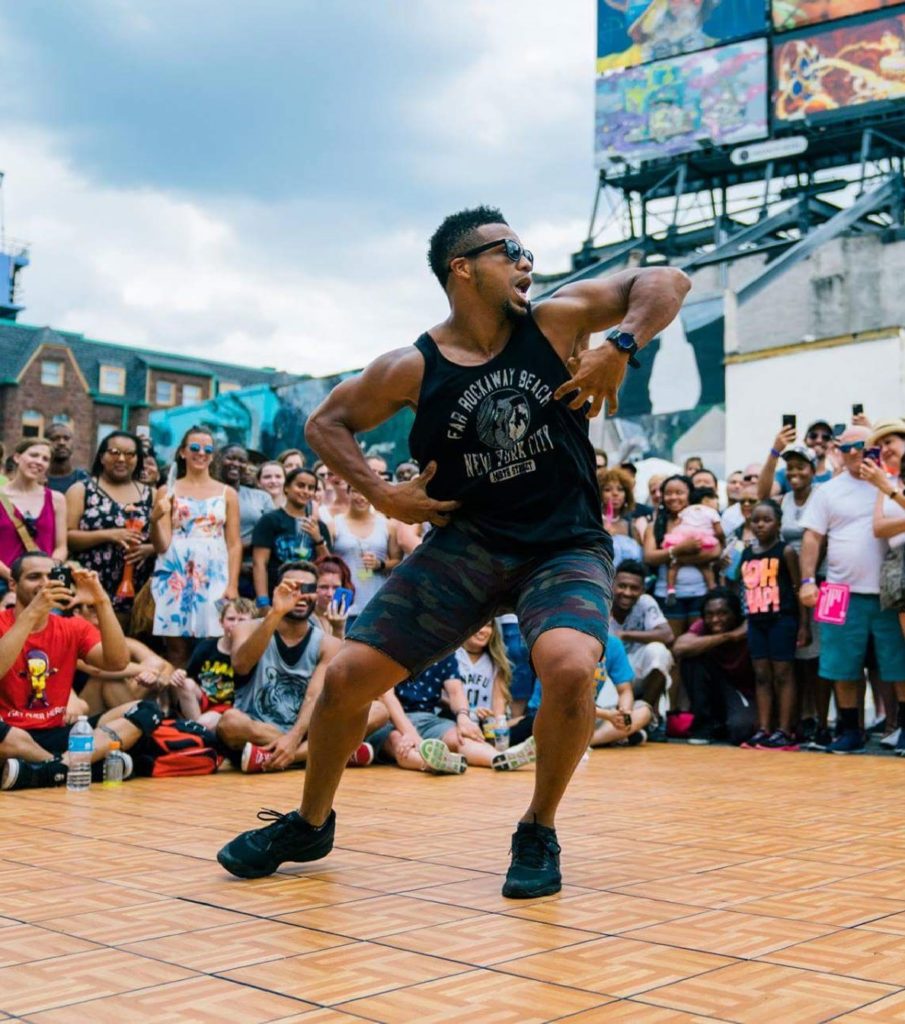
Disclaimer: The views and opinions expressed on our blog do not necessarily reflect the views or position of Maryland Humanities or our funders.

